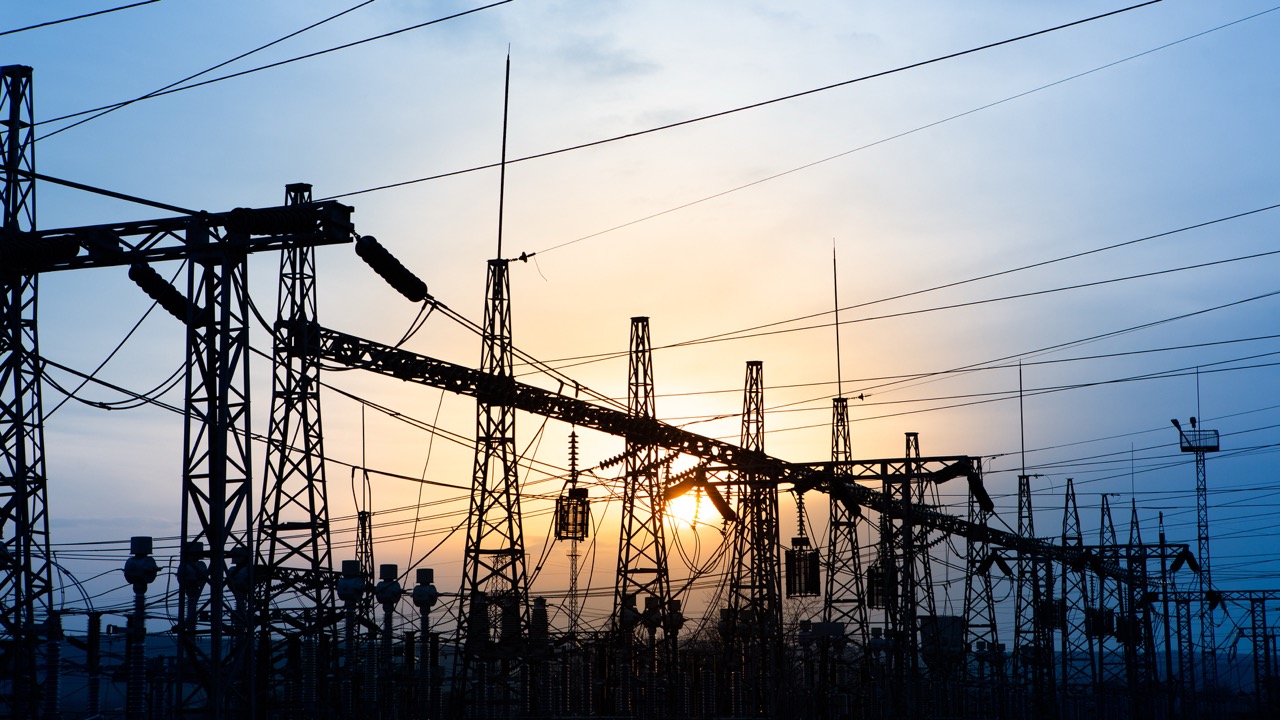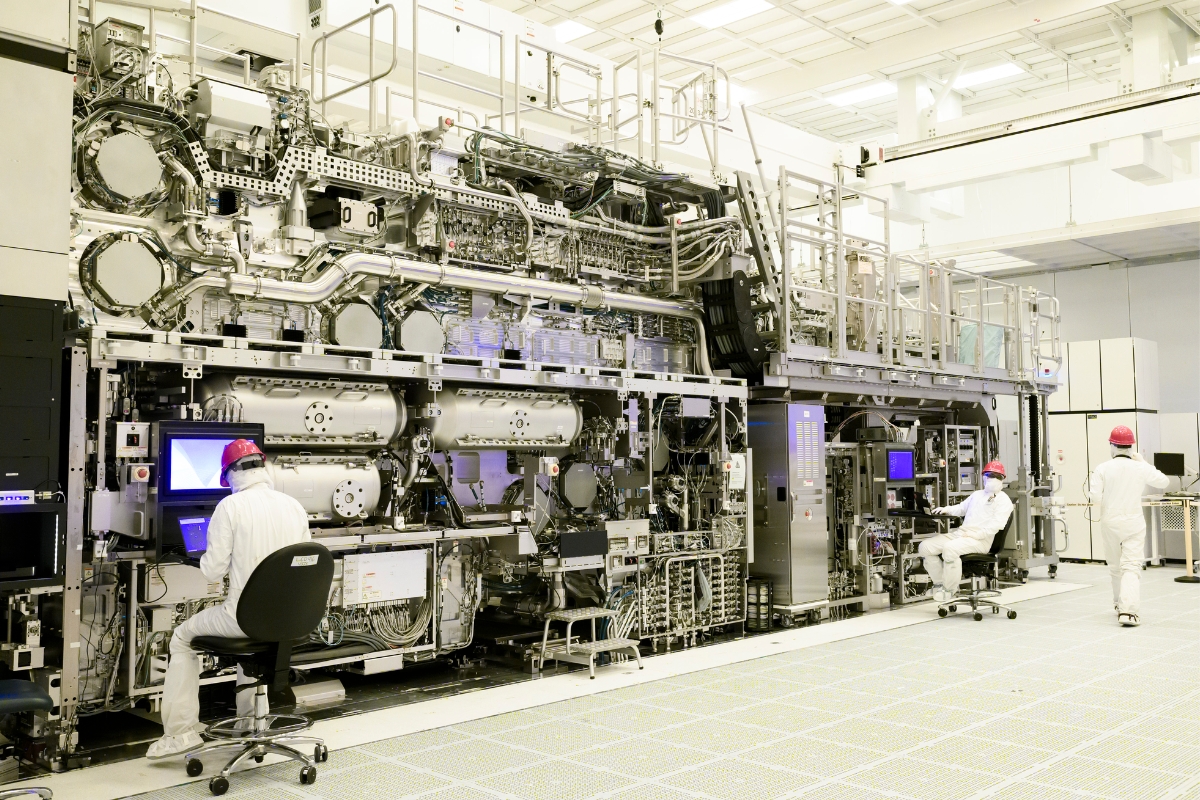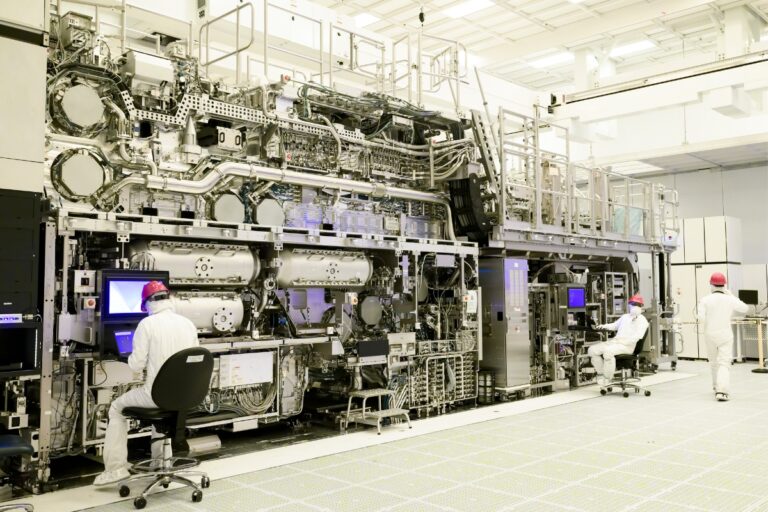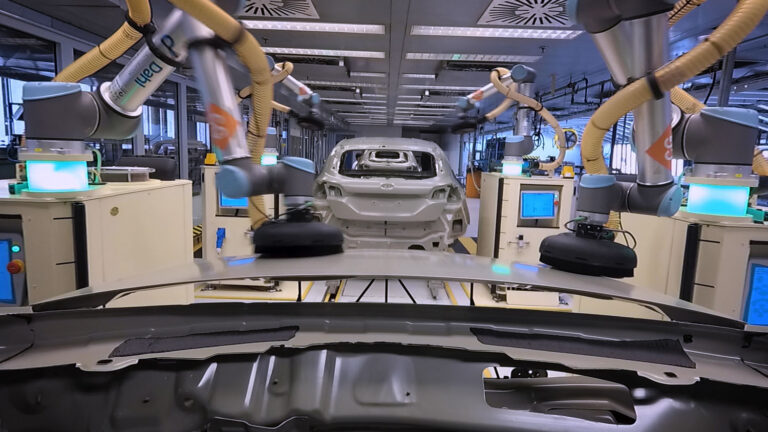Energy Bills Are Rising Sharply, and Artificial Intelligence Is to Blame

⬤ In the U.S. state of Maine, energy costs have risen by about 36% in the past year alone.
⬤ Energy costs are increasing worldwide as demand grows to power global data centers.
⬤ Data centers consume about 2% of the world’s electricity, and that share is expected to rise quickly.
Millions of people around the world, especially in the United States, are facing a new kind of challenge: electricity bills that keep climbing year after year. The culprit, according to some experts, is the so-called “AI tax.”
According to a report from Axios, electricity prices are rising across the United States and in several other leading technology markets, mainly due to growing energy demand from massive data centers built to train and operate artificial intelligence models.
Data from the U.S. Energy Information Administration shows that the average retail cost of electricity rose from 16.41 cents per kilowatt-hour to 17.47 cents within a year, an increase of 6.5%. But this rise was far greater in some states. In Maine, which hosts a large number of data centers, prices jumped 36.3%. In Connecticut, the increase was 18.4%, and in Utah, 15.2%.
This surge is driven in part by the rapid construction of data centers by tech companies racing to expand their AI capabilities. A report from the RAND Corporation estimated that global electricity demand from AI data centers could reach 327 gigawatts by 2030, which is about 30% of the current total capacity of the U.S. power grid, measured at 1,280 gigawatts.
The growing demand from existing and planned projects is placing immense strain on power grids and operators. On the U.S. East Coast, particularly in what is known as the “data center corridor,” electricity prices are expected to rise significantly after a recent energy auction aimed at securing enough capacity to meet future demand. One report found that about 60% of the increase is linked to data centers, estimating that around 9.3 billion dollars in costs will eventually be passed on to consumers.
Power generation is not the only factor behind the rising prices. Expanding grid infrastructure at such a fast pace also comes at a high cost. Axios reported that the expense of these expansions is being passed on to end users, as grid operators face mounting pressure to build new capacity as quickly as possible. According to Lawrence Berkeley National Laboratory, the number of projects waiting to connect to the grid by the end of 2023 was more than double the total capacity of the current U.S. power system.


































